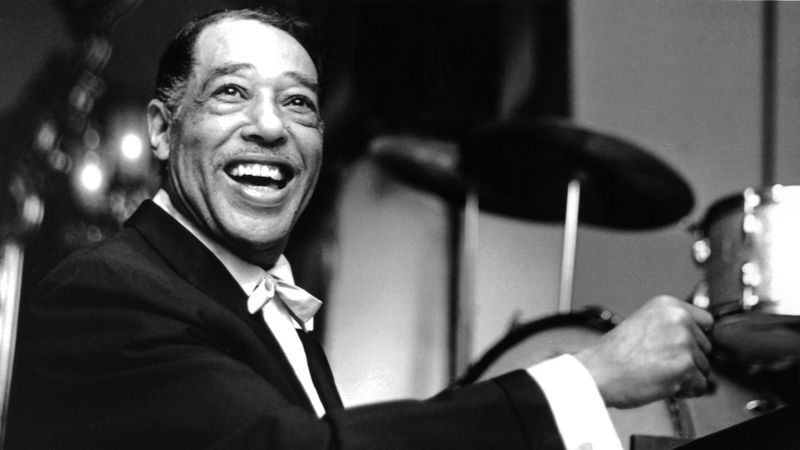
Duke Ellingtons Most Iconic Compositions and Their Stories
Duke Ellington's Most Iconic Compositions and Their Stories
Duke Ellington, one of the most influential figures in jazz history, was not just a bandleader but a brilliant composer whose works defined an era. His music seamlessly blends jazz with classical elements, offering rich and textured sounds that tell stories and evoke emotions. Among his numerous contributions to music, several compositions stand out not just for their musicality but also for the stories behind them. These iconic pieces have transcended time, continuing to inspire musicians and listeners alike.
Take the 'A' Train
One of Ellington's most famous compositions, "Take the 'A' Train," was written by his trusted arranger and collaborator, Billy Strayhorn. This upbeat tune became a signature of the Duke Ellington Orchestra and encapsulates the essence of New York City during the 1940s. The song invites listeners to embark on a journey through the city, capturing the vibrancy of urban life. The story behind its creation is just as captivating—Strayhorn wrote it to provide instructions for the band members on how to reach Ellington's house quickly. The catchy tune soon became a staple in the jazz repertoire, illustrating the harmony between the two collaborators' syncopated brilliance.
Mood Indigo
Another gem from Ellington's extensive catalog is "Mood Indigo," a composition that represents the deeper, more reflective side of his artistry. Written in 1930, this piece features a unique arrangement that emphasizes the lower registers of the instruments, creating a haunting yet beautiful atmosphere. Ellington drew inspiration from his own experiences and emotions, aiming to convey feelings of melancholy and introspection through music. The slow, bluesy progression of "Mood Indigo" struck a chord with listeners, solidifying its status as one of his most beloved pieces. The composition exemplifies how Ellington could evoke the complexities of the human experience through his music.
It Don't Mean a Thing (If It Ain't Got That Swing)
With its catchy phrase, "It Don't Mean a Thing (If It Ain't Got That Swing)" is one of Duke Ellington's most famous and enduring pieces. Co-written with Irving Mills in 1931, this lively tune showcases the band's rhythmic prowess and emphasizes the importance of swing in jazz music. The song's infectious energy invites listeners to move and dance, thus encapsulating the very spirit of jazz. The composition's message—that music without swing lacks authenticity—has resonated through generations, influencing countless musicians and solidifying Ellington's legacy as a pioneer of the jazz movement. The unabashed joy depicted in this song is a reminder of the liberating power of music.
Celebrating the Duke
Duke Ellington's contributions to music are celebrated worldwide, and his compositions continue to be performed and cherished by musicians of all genres. As enthusiasts of jazz and Duke Ellington's art, many fans seek out Duke Ellington Merchandise to connect with the legacy of this great composer. Items like vinyl records, posters, and vintage shirts serve as tokens of appreciation for his timeless music. Not only do they celebrate his life and work, but they also keep the spirit of his compositions alive in contemporary culture. Investing in such merchandise allows fans to express their love for his music while encouraging new listeners to discover the rich tapestry that is Duke Ellington's discography.
In conclusion, Duke Ellington's iconic compositions have left an indelible mark on the world of music. Each piece tells a story, reflecting his genius and the historical contexts in which they were created. From the urban essence of "Take the 'A' Train" to the introspective "Mood Indigo" and the infectious "It Don't Mean a Thing," Ellington's works showcase the depth and diversity of jazz. As we continue to celebrate his music through performances and unique Duke Ellington merchandise, we ensure that his legacy endures, inspiring future generations to appreciate and evolve the art form he helped pioneer.
